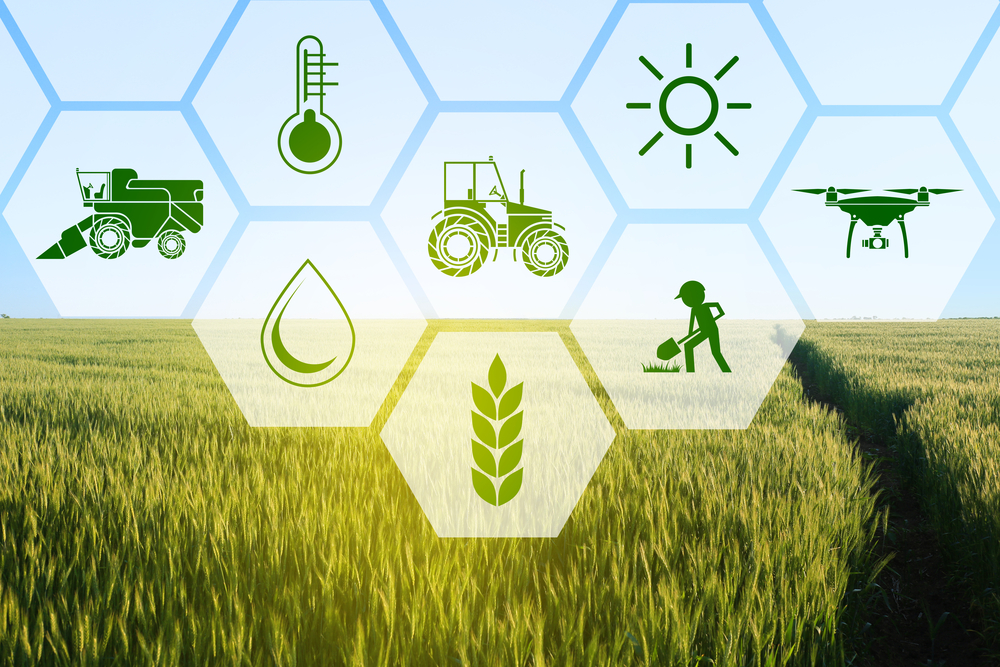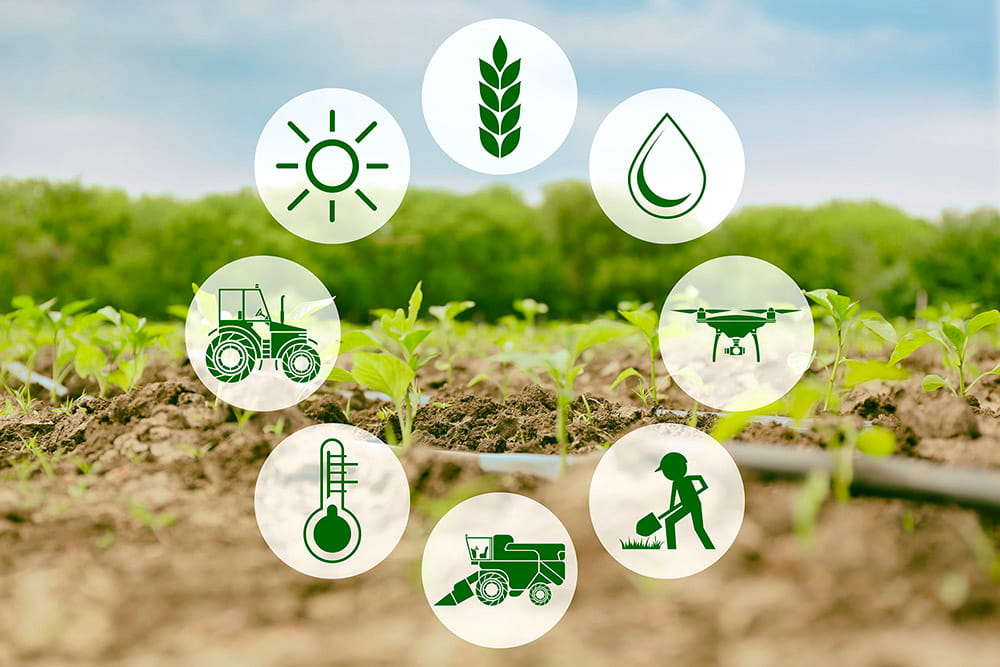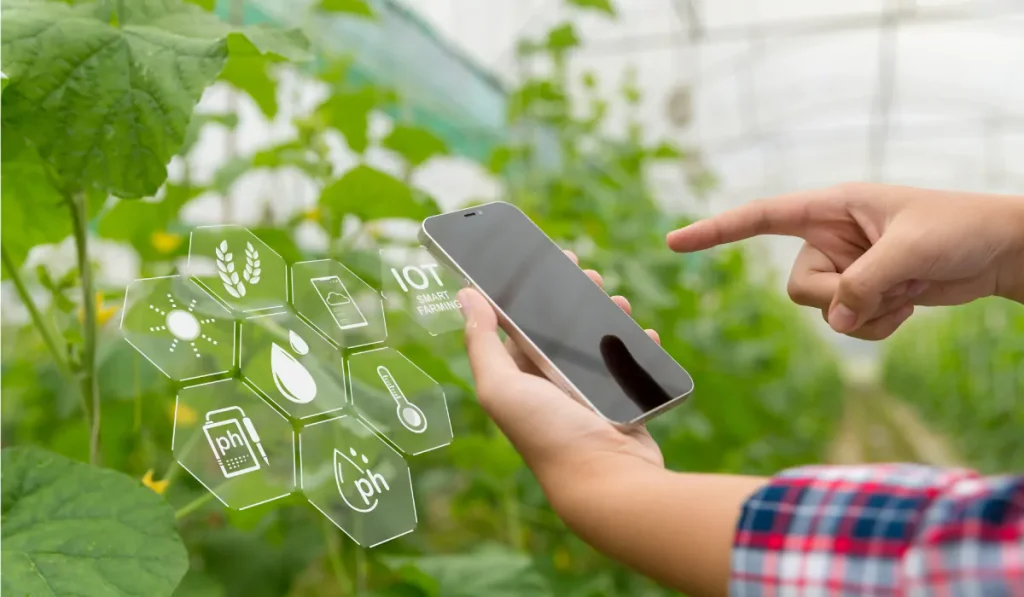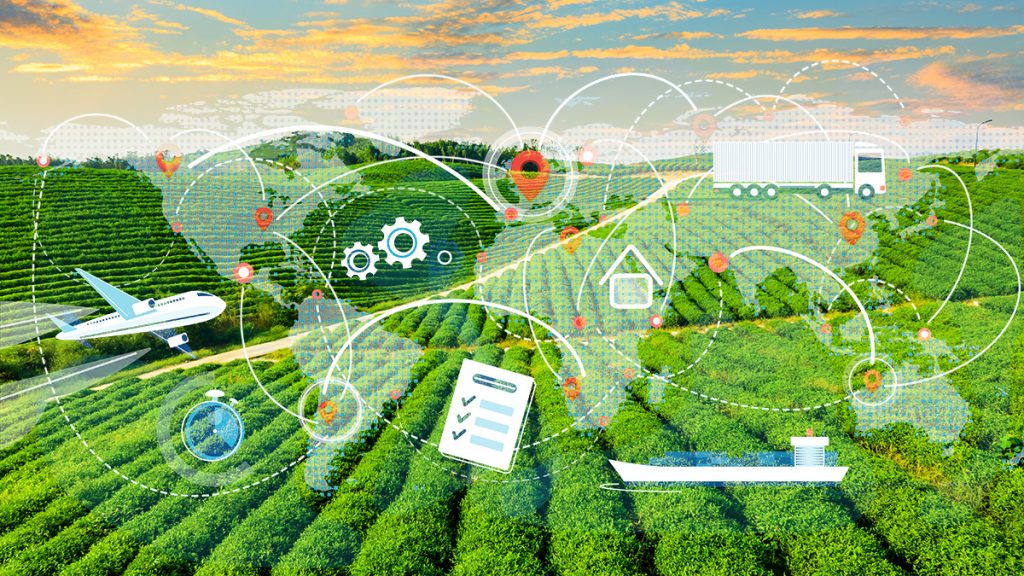IoT in Agriculture: Optimizing Operations through Smart Connectivity
In recent years, the agriculture industry has been undergoing a profound transformation, driven by technological advancements that are reshaping traditional farming practices. Among these innovations, the Internet of Things (IoT) has emerged as a pivotal force, revolutionizing agriculture through the integration of smart connectivity and data-driven decision-making. By leveraging sensors, devices, and advanced analytics, IoT empowers farmers to optimize operations, increase productivity, and ensure sustainability in an ever-evolving landscape. This comprehensive article delves into the multifaceted realm of IoT in agriculture, exploring its diverse applications, the pivotal role of smart connections, and the transformative potential it holds for the future of farming.
Table of Contents
Understanding IoT in Agriculture
IoT in agriculture encompasses a broad spectrum of applications aimed at enhancing efficiency, sustainability, and profitability across the entire agricultural value chain. At its core, IoT leverages interconnected devices and sensors to collect, transmit, and analyze data about various aspects of farming operations. These data-driven insights enable farmers to make informed decisions in real-time, leading to optimized resource allocation, improved crop management, and enhanced environmental stewardship.

Key Applications of IoT in Agriculture
Precision Farming:
Precision farming, also known as precision agriculture, represents one of the most significant applications of IoT in agriculture. By deploying a network of sensors, drones, and satellite imagery, farmers can gather granular data on soil moisture, temperature, nutrient levels, and crop health. This wealth of information is then utilized to create detailed maps of the field, enabling precise interventions such as targeted irrigation, fertilization, and pest management. By optimizing inputs based on real-time data insights, precision farming maximizes yields, minimizes waste, and reduces environmental impact.
Livestock Monitoring:
In addition to crop management, IoT technologies play a crucial role in livestock monitoring and management. Through the use of wearable sensors, smart tags, and automated feeding systems, farmers can track the health, behavior, and productivity of their animals in real-time. These IoT-enabled solutions provide valuable insights into parameters such as activity levels, body temperature, and feeding patterns, allowing for early detection of health issues and proactive intervention. Furthermore, remote monitoring capabilities enable farmers to optimize feeding schedules, improve animal welfare, and enhance overall farm productivity.

Supply Chain Management:
IoT is revolutionizing supply chain management in agriculture by providing end-to-end visibility and traceability of agricultural products from farm to fork. Through the deployment of RFID tags, GPS trackers, and temperature sensors, stakeholders can monitor the movement, storage conditions, and quality of perishable goods throughout the supply chain. This real-time monitoring ensures product integrity, enhances food safety, and minimizes waste by enabling timely interventions in case of deviations from optimal storage conditions. Additionally, IoT-enabled supply chain solutions facilitate better inventory management, demand forecasting, and collaboration among stakeholders, leading to greater efficiency and profitability.
Environmental Monitoring:
With increasing concerns about climate change, resource depletion, and environmental sustainability, IoT plays a crucial role in monitoring and mitigating the environmental impact of agricultural activities. By deploying sensors and monitoring systems, farmers can track parameters such as air quality, water usage, soil erosion, and carbon emissions in real-time. This data-driven approach enables farmers to implement sustainable practices, optimize resource utilization, and comply with regulatory requirements. Furthermore, by leveraging IoT-enabled environmental monitoring solutions, farmers can minimize the ecological footprint of their operations and contribute to the preservation of natural resources for future generations.
Smart Connections: The Backbone of IoT in Agriculture
At the heart of IoT in agriculture lies the concept of smart connectivity, which serves as the backbone for seamless communication and data exchange between devices, systems, and stakeholders. These smart connections enable real-time monitoring, analysis, and decision-making, facilitating the optimization of farming operations and the achievement of desired outcomes. Several key components contribute to the establishment of smart connectivity in agricultural IoT:

Wireless Sensor Networks:
IoT devices in agriculture rely on wireless communication protocols such as Wi-Fi, Bluetooth, Zigbee, and LoRaWAN to transmit data from sensors and devices to centralized systems or cloud platforms. These wireless sensor networks enable remote monitoring of agricultural parameters across vast expanses of farmland, facilitating timely interventions and informed decision-making. By leveraging wireless connectivity, farmers can overcome the limitations of traditional wired infrastructure and deploy IoT solutions in even the most remote and challenging environments.
Edge Computing:
Edge computing is a distributed computing paradigm that involves processing data closer to its source, thereby reducing latency and enabling faster response times. In agriculture, edge computing is utilized in IoT devices deployed in the field, allowing for real-time analysis of sensor data without relying solely on cloud infrastructure. By processing data at the edge, farmers can minimize the transmission of redundant or irrelevant data, conserve bandwidth, and respond more quickly to critical events or anomalies. Furthermore, edge computing enhances the scalability and reliability of agricultural IoT systems by reducing dependence on centralized cloud resources and enabling autonomous operation in remote locations.
Cloud Platforms:
Cloud-based IoT platforms serve as centralized hubs for collecting, storing, and analyzing agricultural data from diverse sources. These platforms offer scalability, flexibility, and accessibility, enabling farmers to access real-time insights and analytics from anywhere, anytime. By leveraging cloud computing resources, agricultural IoT applications can handle large volumes of data and perform advanced analytics to optimize operations and decision-making. Moreover, cloud platforms facilitate seamless integration with other enterprise systems, enabling farmers to leverage existing infrastructure and maximize the value of their IoT investments.
Data Analytics and Machine Learning:
Data analytics and machine learning algorithms play a critical role in extracting actionable insights from the vast amounts of data generated by agricultural IoT devices. By analyzing historical data and real-time sensor readings, these algorithms can identify patterns, trends, and anomalies, enabling predictive maintenance, crop forecasting, and yield optimization. Moreover, machine learning models can adapt and improve over time, enhancing the efficiency and accuracy of decision-making in agriculture. By harnessing the power of data analytics and machine learning, farmers can unlock new opportunities for optimization, innovation, and sustainability in their operations.
The Future of IoT in Agriculture
As IoT technologies continue to evolve and mature, the future of agriculture holds tremendous promise for further innovation and transformation. Advancements in sensors, connectivity, and data analytics will drive the development of more sophisticated and intelligent farming systems, capable of addressing complex challenges such as climate change, food security, and resource management. Furthermore, the integration of IoT with other emerging technologies such as artificial intelligence, robotics, and blockchain will unlock new opportunities for automation, optimization, and collaboration across the agricultural ecosystem. By embracing these transformative technologies, farmers can unlock new levels of efficiency, productivity, and sustainability, ensuring the continued success and resilience of agriculture in the face of evolving global challenges.

Conclusion
In conclusion, IoT in agriculture represents a paradigm shift in farming practices, empowering farmers to harness the power of data and connectivity to optimize operations, increase productivity, and ensure sustainability. Through smart connections and advanced technologies, agricultural IoT applications enable stakeholders to make informed decisions, improve resource efficiency, and mitigate risks in an increasingly complex and dynamic environment. As the agricultural sector continues to embrace IoT, the future holds tremendous potential for innovation, growth, and a positive impact on global food systems. By leveraging the transformative capabilities of IoT, farmers can navigate the challenges of the 21st century and build a more resilient, sustainable, and prosperous future for agriculture and society as a whole.

